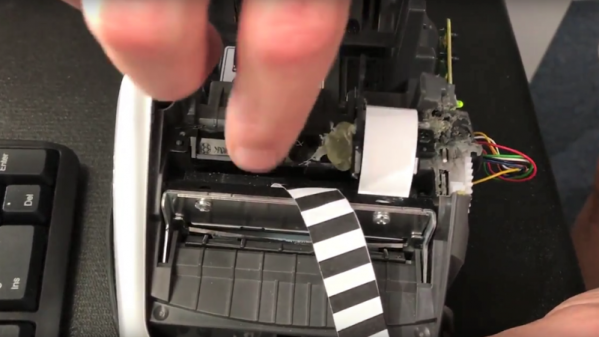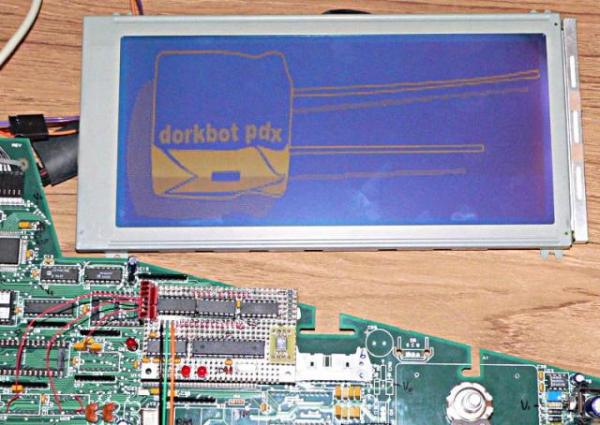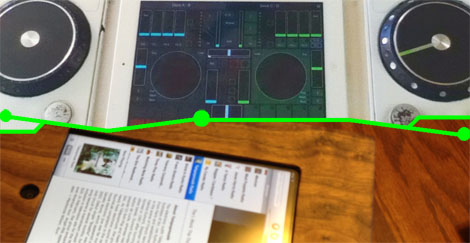Sometimes we hack for the thrill of making something new, and sometimes we hack to push back the dark veil of ignorance to shed fresh light on a problem. And sometimes, like when turning a used label printer into a point-of-sale receipt printer, we hack because we’re cheapskates.
We say that with the utmost respect and affection — there’s nothing to be ashamed of when your motive is strictly pecuniary. In [Dan Herlihy]’s case, hacking a cheap Brother label printer to use thermal paper meant saving $300 on a dedicated receipt printer. But it also meant beating Brother at their “Razor and Blades” business model that keeps you buying their expensive proprietary labels. A pattern of holes in the plastic label roll tells the printer what size labels are loaded, so [Dan] defeated that by breaking off a piece of the plastic and gluing it on the sensor. To convince the printer that plain thermal paper is label stock, he printed up a small strip of paper with the same pattern of black registration stripes that appear on the back of the labels. Pretty clever stuff, and it lets him print high-resolution receipts for his electronics shop on the seriously cheap.
[Dan]’s hack is simple, but may suffer from wear on the paper encoder strip. Perhaps this Brother hack using the gears as encoders will provide some inspiration for long-term fix.
Continue reading “Tightwad Hacks Label Printer, Beats Manufacturer At Own Game”















